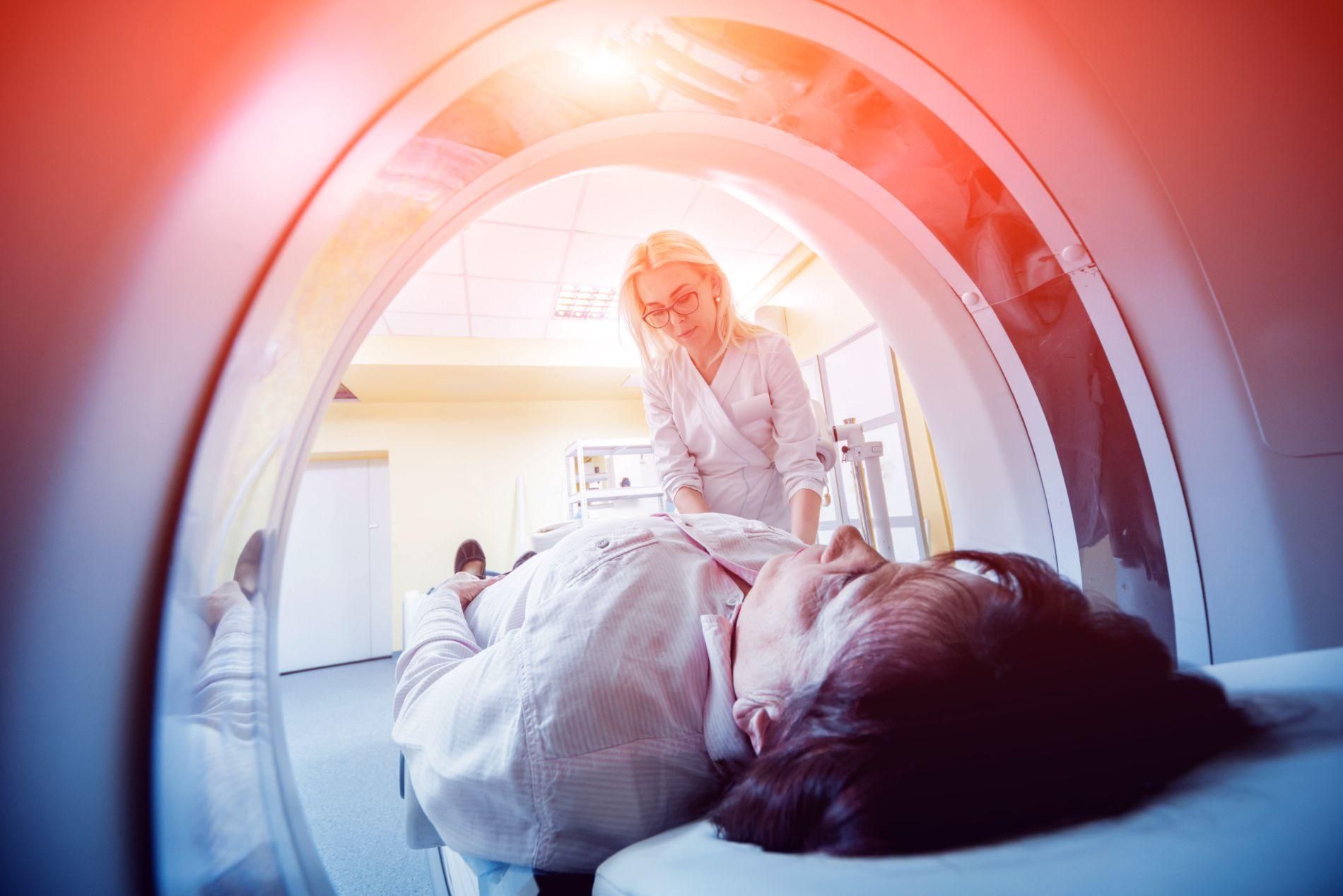Researchers developing new cancer treatments with High-intensity Focused Ultrasound
-168D4D37.png/fit-in/1440x9999/filters:no_upscale())
Since the 1950s, doctors have used low-intensity ultrasound as a medical imaging tool. Now, experts at the University of Waterloo are utilising and extending models that help capture how high-intensity focused ultrasound (HIFU) can work on a cellular level.
Applied mathematician and researcher with the Centre for Math Medicine at the Fields Institute, Siv Sivaloganathan, has led the study and found that running mathematical models in computer simulations that problems in the technology can be solved without any risk to patients.
Sivaloganathan, together with his graduate students creates the mathematical models used by engineers and doctors to put HIFU into practice.
“My side of it is to use mathematics and computer simulations to develop a solid model that others can take and use in labs or clinical settings. And although the models are not nearly as complex as human organs and tissue, the simulations give a huge head start for clinical trials.”
One of the challenges Sivaloganathan is currently looking to overcome is managing to target cancerous cells. Which is challenging considering HIFU also poses risks to healthy tissue. When HIFU is being utilised to destroy tumours, the idea is that good tissue won’t be destroyed.
The same challenges arise when focusing acoustic waves on a tumour on the bone, which radiates heat energy, which means Sivaloganathan and his colleagues need to understand if when using this treatment, if it damages the bone marrow.
Some of the other researchers working with Sivaloganathan include engineers and medical doctors. The engineers focus on building the technology, and the medical doctors are looking at the practical application of HIFU in clinical environments.
Through his research, Sivaloganathan believes HIFU will make innovative changes in cancer treatments as well as other medical procedures and treatments. Prostate cancers are already being treated by the application of HIFU.
“It’s an area that I think is going to take centre stage in clinical medicine,” he said. “It doesn’t have the negative side effects of radiation therapy or chemotherapy. There are no side effects other than the effect of heat, which we are working on right now. It also has applications as a new way to break up blood clots and even to administer drugs.”
Sivaloganathan’s new research paper on math modelling for HIFU, “Dimension estimate of uniform attractor for a model of high intensity focussed ultrasound-induced thermotherapy,” with co-authors Messoud Efendiyev and June Murley, was recently published in the Bulletin of Mathematical Biology.
One of Medical Imaging Convention’s key focus areas is ultrasound. There will be a dedicated ultrasound theatre, which is CPD accredited, alongside exhibitors showcasing innovative ultrasound equipment. If this is a particular interest of yours, why not register your free ticket for Medical Imaging Convention?
Register for free here.


